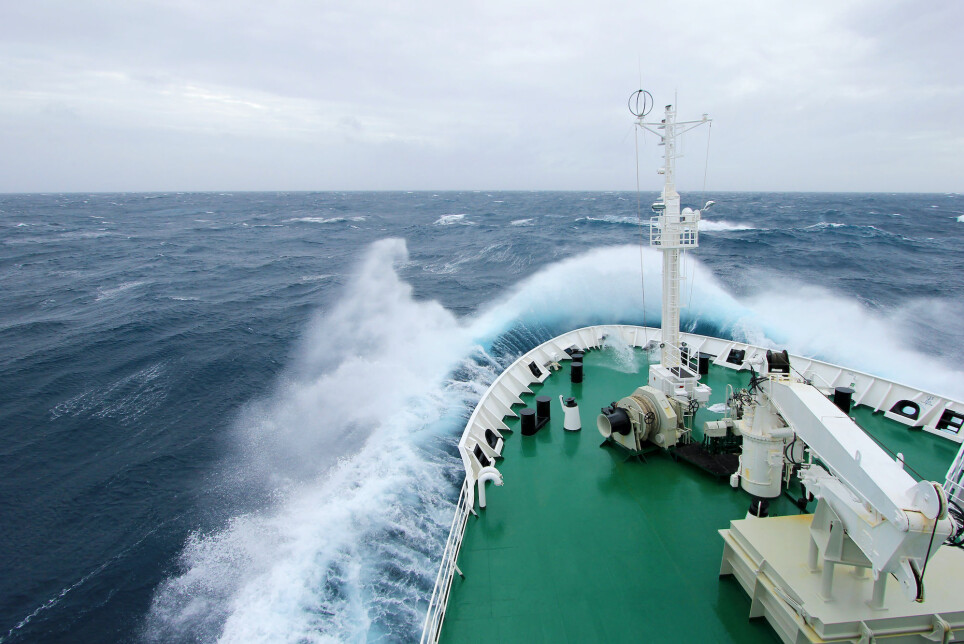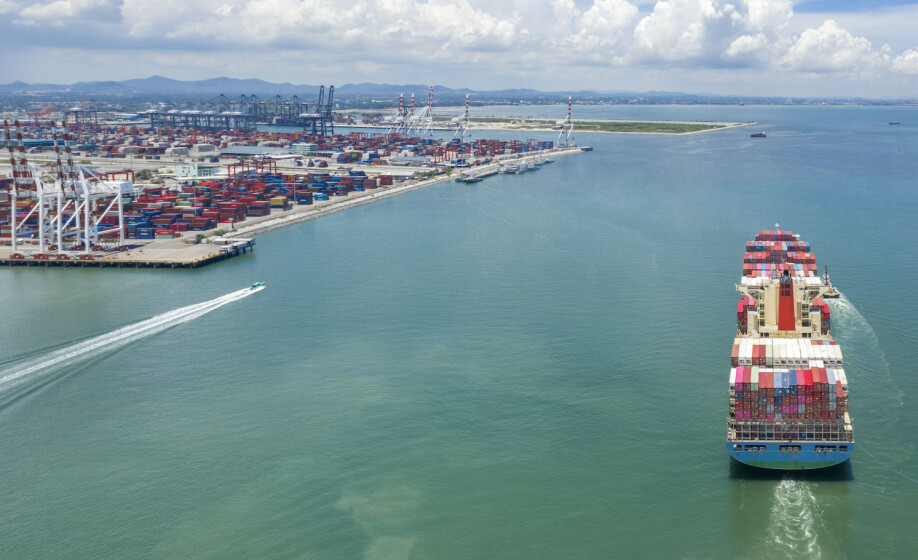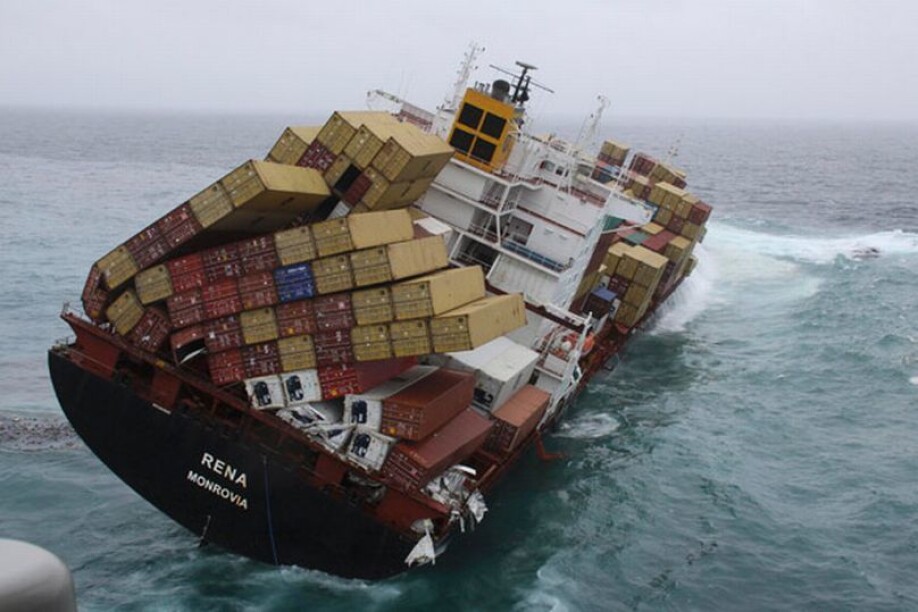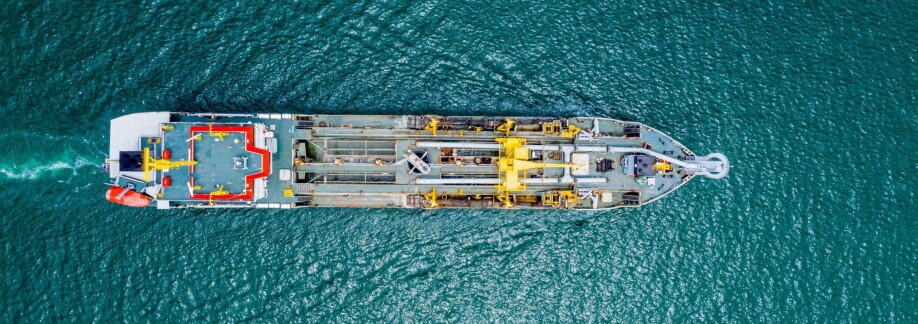THIS ARTICLE/PRESS RELEASE IS PAID FOR AND PRESENTED BY NTNU Norwegian University of Science and Technology - read more

Using ships themselves to monitor and predict waves
Waves present an enormous challenge for the world’s roughly 91,000 commercial vessels, but predicting sea conditions is challenging. A new approach uses the movements of ships themselves to create an online estimate of what kinds of waves ships can expect.
Shipping provides the very foundation for world trade, by moving an estimated 11 billion tonnes of goods a year from where they are produced to where they will be used. From TVs to toasters, soap to sugar — much of it moves over the waves.
Yet for ships plying the open ocean and for offshore industries, waves present an enormous challenge —because they can increase operational risks, reduce operating efficiency, and be dangerous if large enough and not handled well — and they can be difficult to predict.
Ships can access information about wave heights, directions and frequency, but those data may be expensive to obtain or delayed because of satellite communication limitations, says Zhengru Ren, a postdoctoral fellow at NTNU’s Department of Marine Technology and the research centre SFI MOVE.
Those challenges led Ren and his colleagues to take a different approach to estimating sea states, which is what mariners and researchers collectively call wave heights, frequencies and directions. The method is described in a new peer-reviewed article in Marine Structures.

Ship movements can estimate wave conditions
Instead of relying on specialized meteorological instruments, the researchers used the movement of the ship itself to estimate wave conditions in real time.
“This method allows a real-time estimation without extra costs for measurement instruments. We believe that this technique is promising because it is general and works for almost all ships without extra cost,” Ren said. “Another advantage is that it is very easy to apply in temporary scenarios.”
The approach relies on cause and effect calculations, but not in the way you might think, says Roger Skjetne, a professor at NTNU’s Department of Marine Technology and a researcher at the Centre for Autonomous Marine Operations and Systems (NTNU AMOS), who was senior author of the paper.
“In principle, the prediction algorithm is based on cause and effect, but in this case we measure the effect – the ship movements – and estimate the cause – the waves that affect the ship,” Skjetne said. “If we do this for long enough, we’re able to reconstruct the significant part of the wave spectrum.”

Using the ship as a buoy
One of the keys to understand what Ren and his colleagues did is to realize that a ship is asymmetric, meaning that it will rock or move differently based on the direction and the size of the waves it encounters.
Think of it like this: If a ship were perfectly round, like a ball, it would respond to waves pretty much the same way, except perhaps for direction.
But ships are shaped more like an ellipse with one flat end. That means the effect of the waves will be different, depending upon where the waves hit the ship. Another factor that affects the ship’s movement will be the specific geometry of the ship’s hull.
The researchers developed a mathematical approach to combine all of this information about the ship’s geometry, dynamic motions, and wave influence, which can be calculated beforehand. They then combined this with mathematical formulas that are used to calculate information about waves from floating structures.
The researchers assumed that the ship was being kept in one location by a dynamic positioning system. A ship with a dynamic positioning system has several thrusters on its hull which work together to hold the ship at one location, based on GPS information.

Fine-tuned the calculations
But this wasn’t quite enough to come up with the information that would be useful for mariners, Ren and his colleagues realized.
“This is an interesting and exciting research topic. But how to use extra information or ways to improve the estimates absorbed my thoughts,” Ren said.
In the end, the researchers used two different mathematical techniques to fine-tune their calculations. One involved smoothing out the slopes of the waves a little differently, by using something called a Bézier surface.
The second involved optimizing the calculations for disturbances and errors that come from the vessel’s responses to the waves.
But before the algorithm can be used in a shipboard computer to convert the ship motion sensor signals into the prevailing directional wave spectrum, in real-time, the ship has to have something called motion response amplitude operators (RAOs) available.
“These are mathematical transfer functions that are calculated beforehand, using ship design computer programs, in order to understand how certain waves result in movements (responses) of the ship,” Skjetne said. “This makes it possible to invert the problem, by measuring the movements and then use the RAOs to say something about the incoming waves.”
“We believe that this budget-friendly technique will be promising in future maritime industry,” Ren said. “After improving the smoothness and robustness issues, the time spent on careful parameter tuning can be relaxed, making it easy to use on a given vessel. In turn, this ensures more efficient marine operations – which is what we aim for in the Centre for Research Based innovation on Marine Operations (SFI MOVE).”
Reference:
Zhengru Ren et.al.: Sea state estimation based on vessel motion responses: Improved smoothness and robustness using Bézier surface and L1 optimization. Marine Structures, 2021.
See more content from NTNU:
-
Why are pregnant women in Norway so worried?
-
Politics on Facebook: Populist parties choose divisive issues on purpose
-
Social media is connected to cyberbullying – but not how we thought
-
Forskere ved NTNU får nesten 24 millioner av EU for å lage nye strømomformere
-
This helps the youngest children enjoy school more
-
Can we tap the ocean’s power to capture carbon?





































